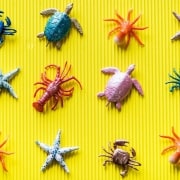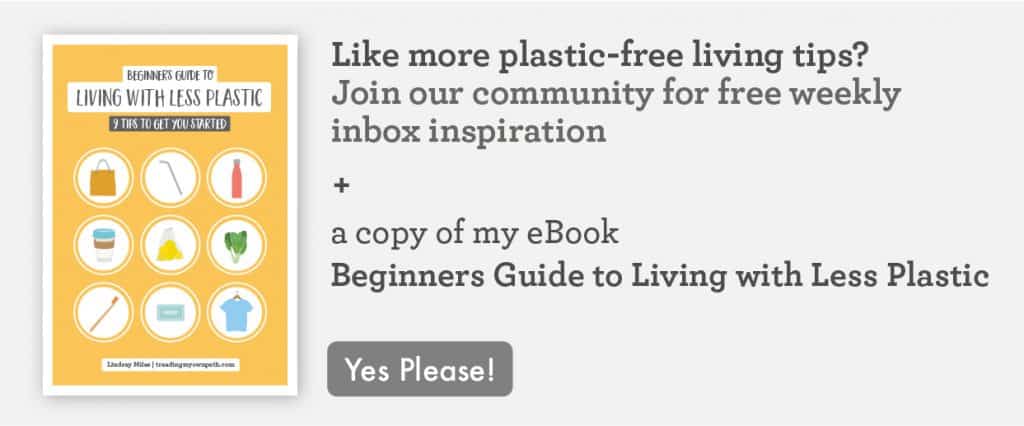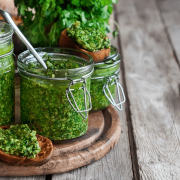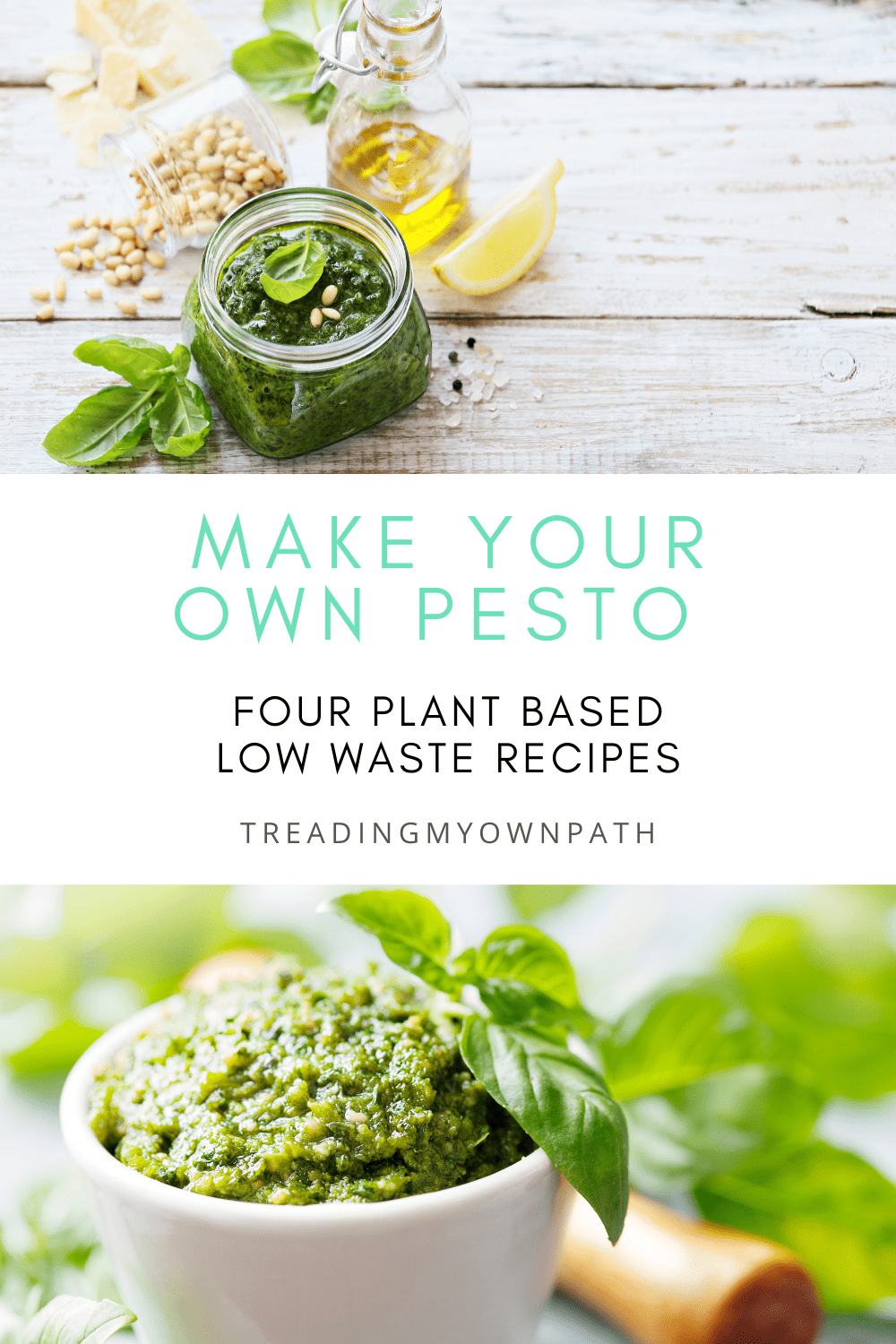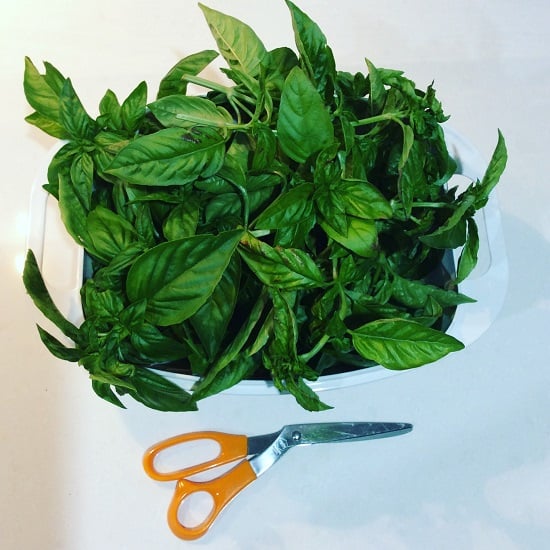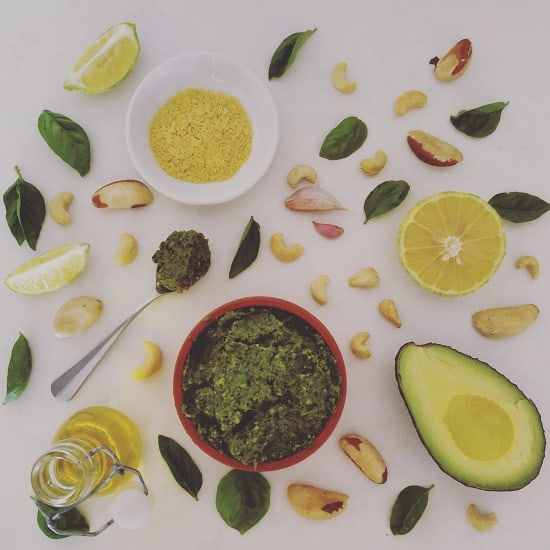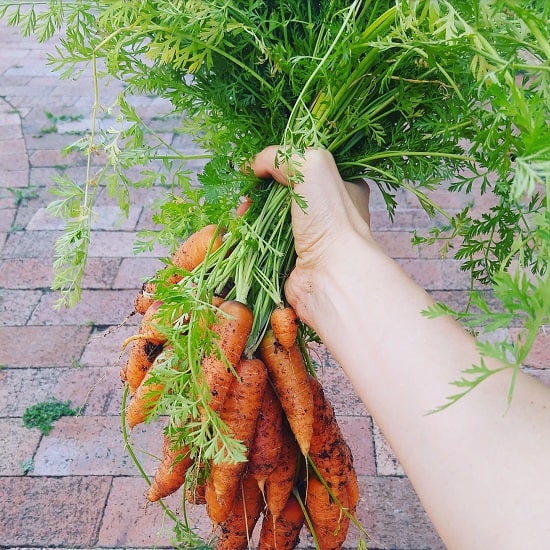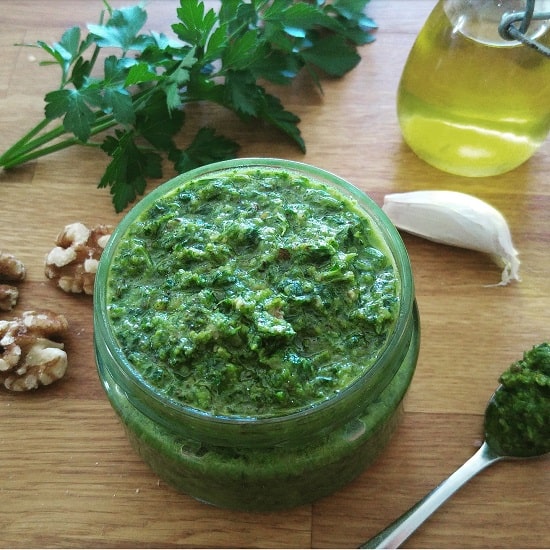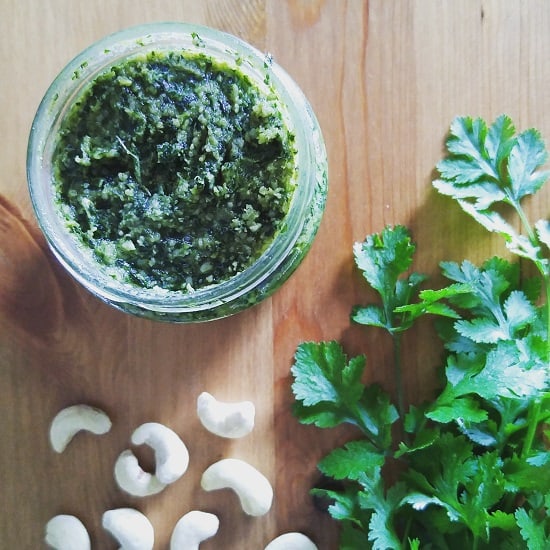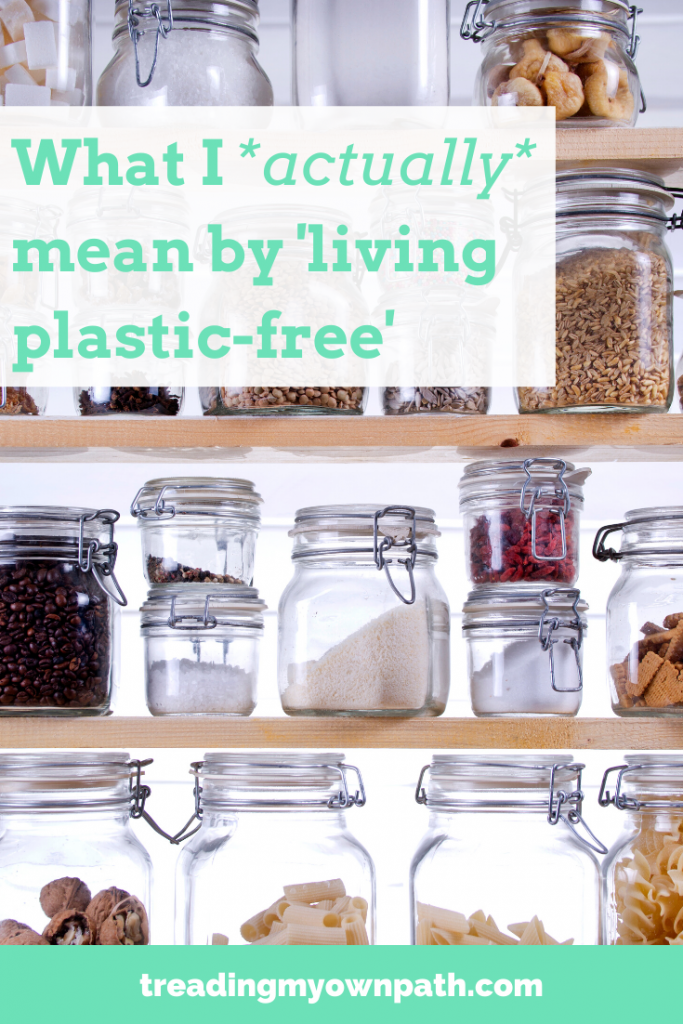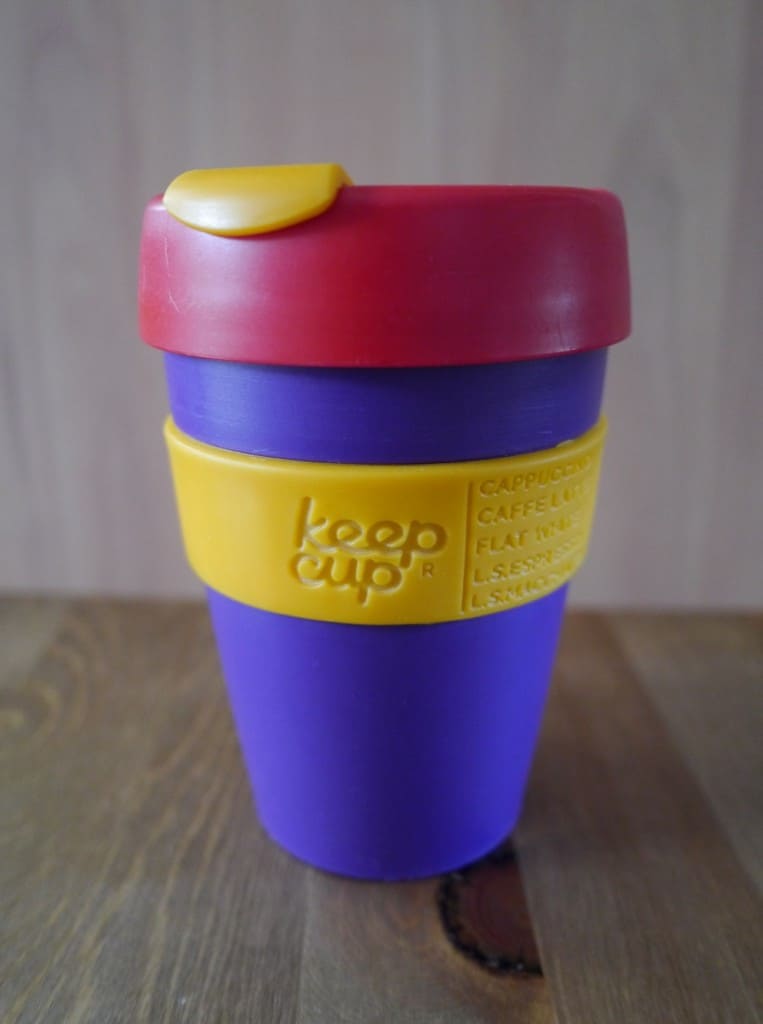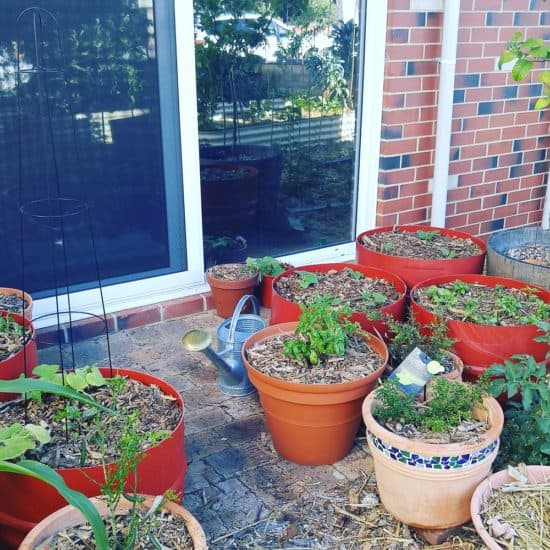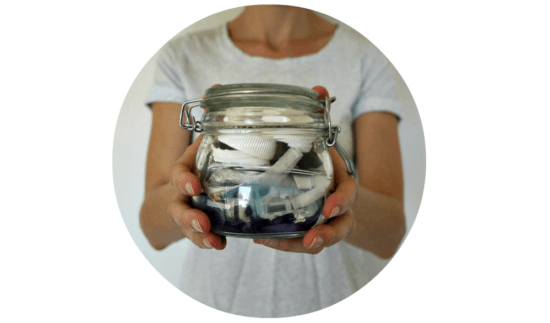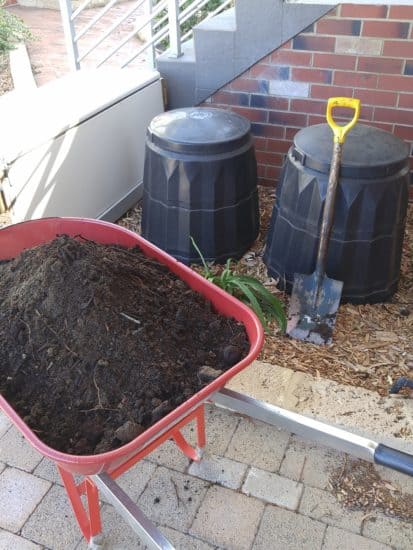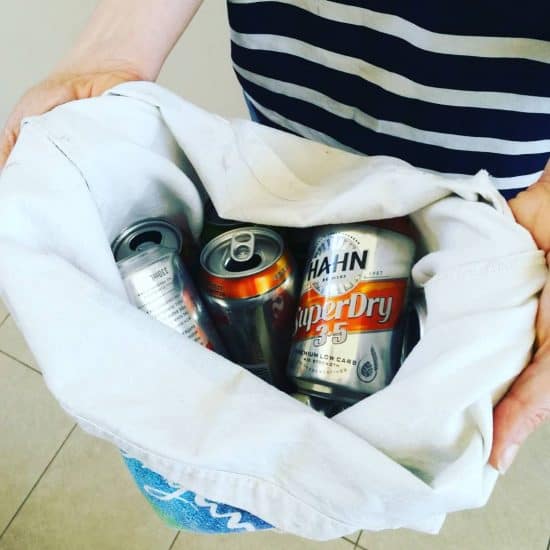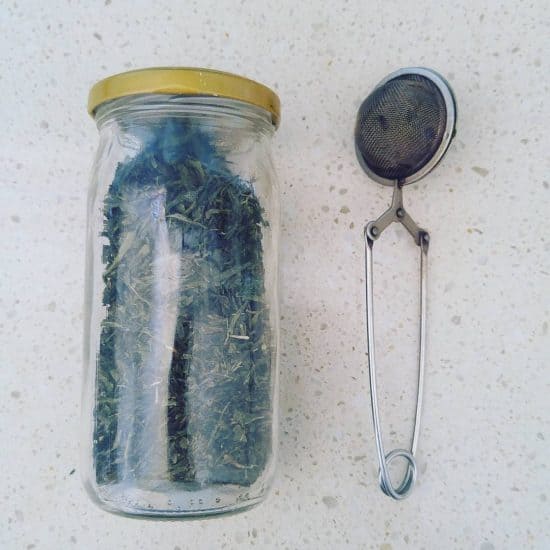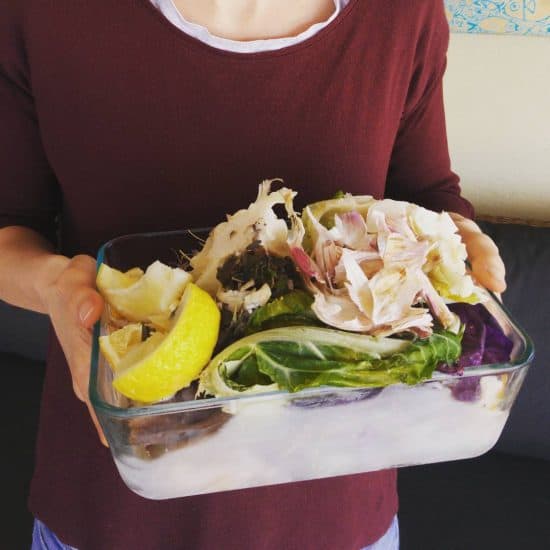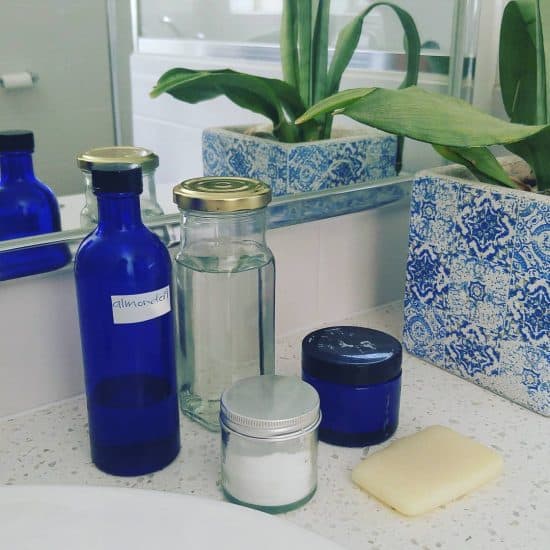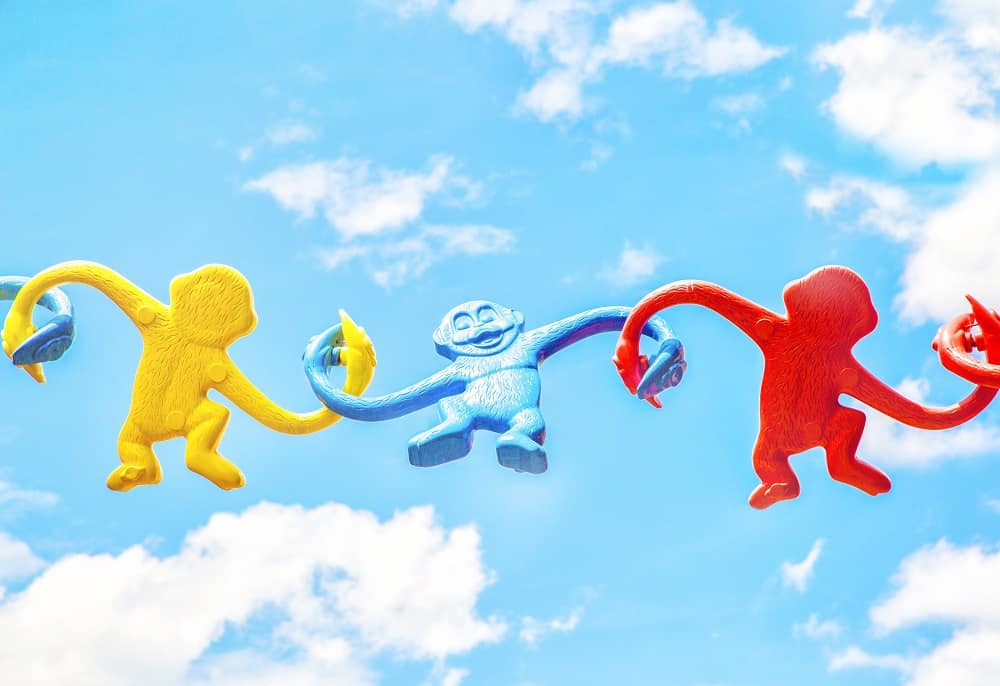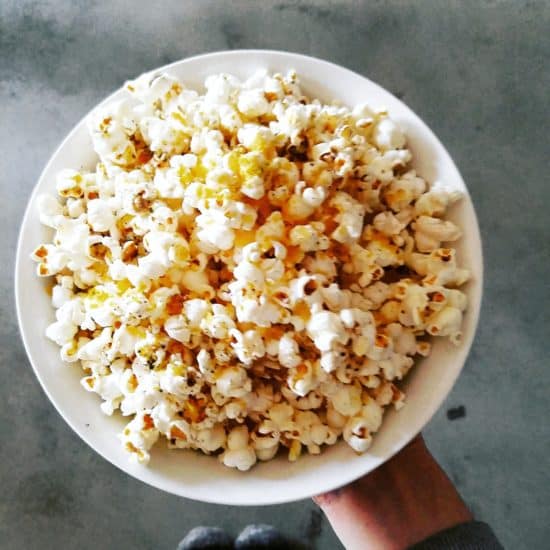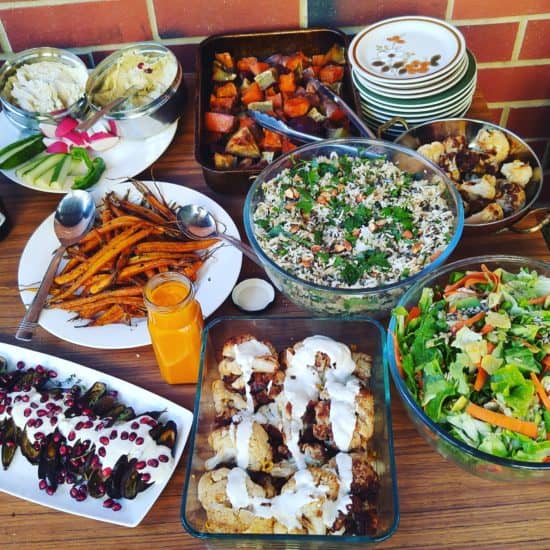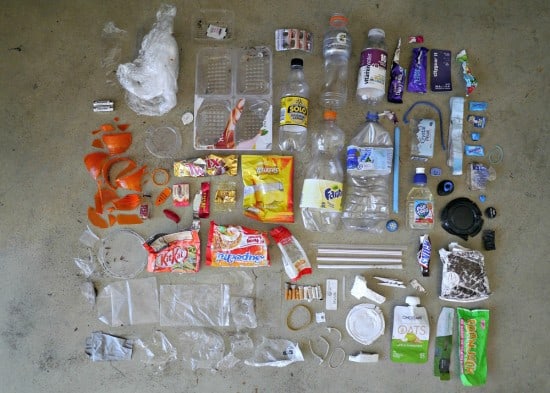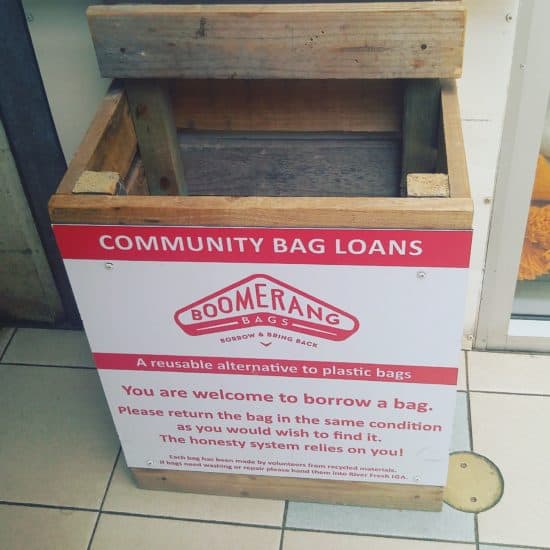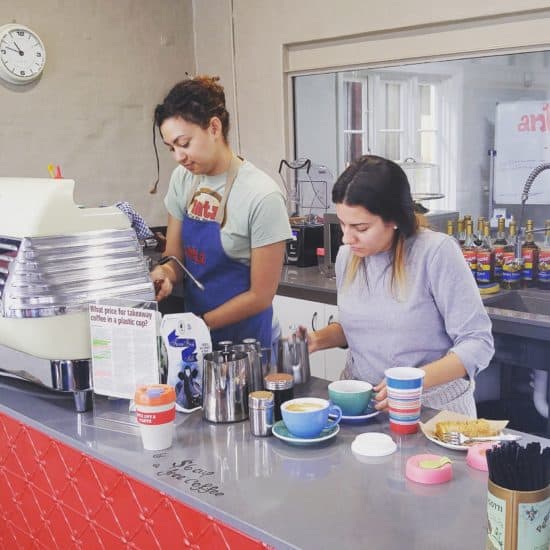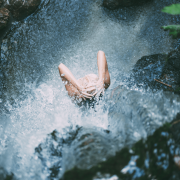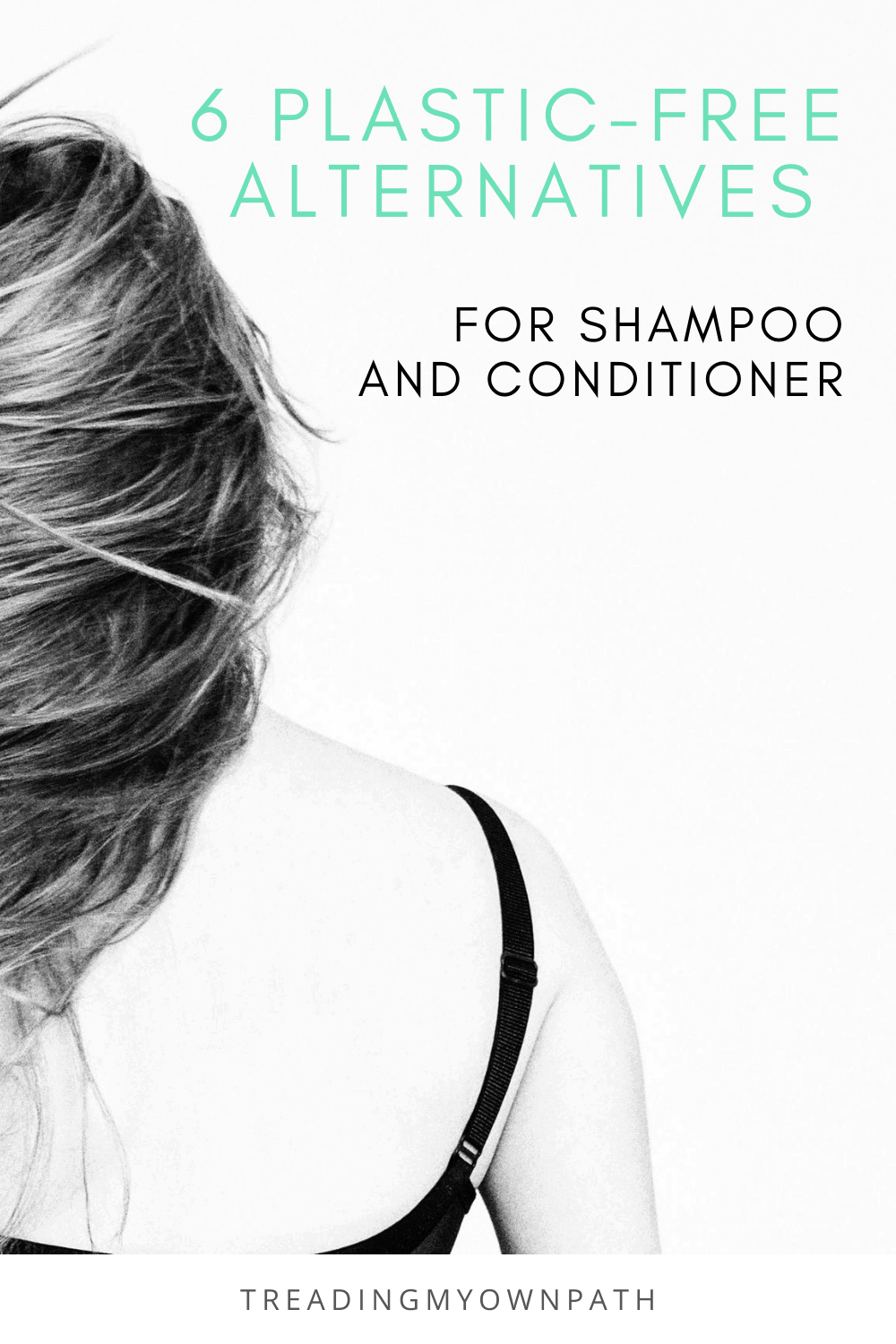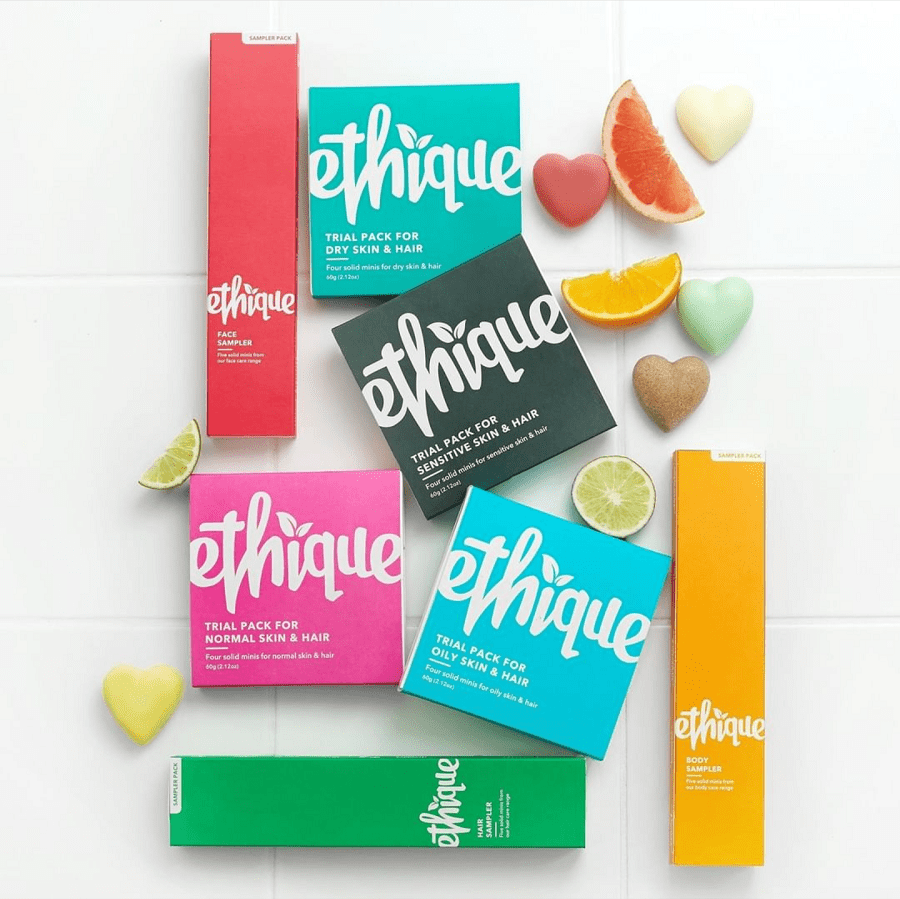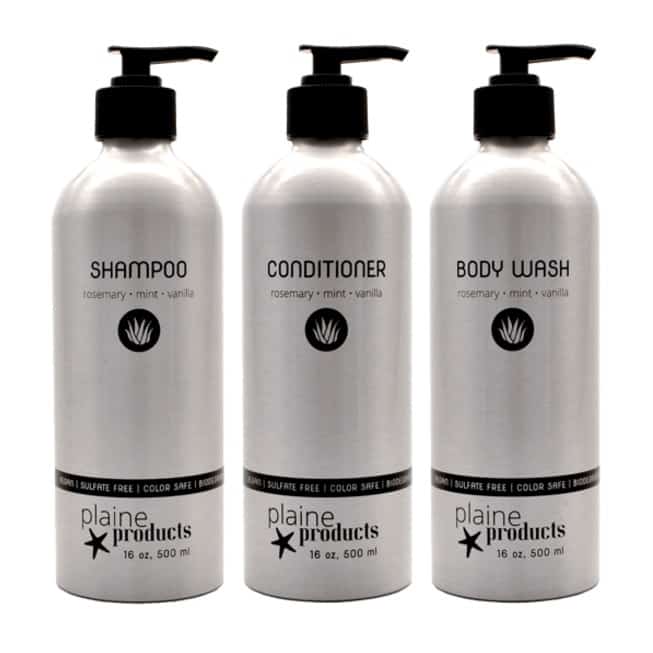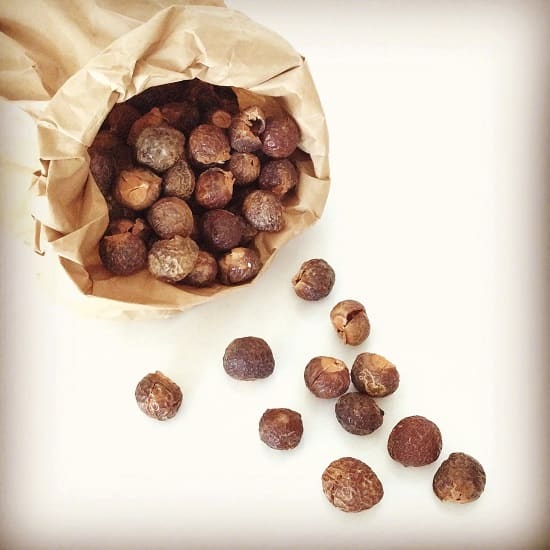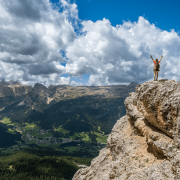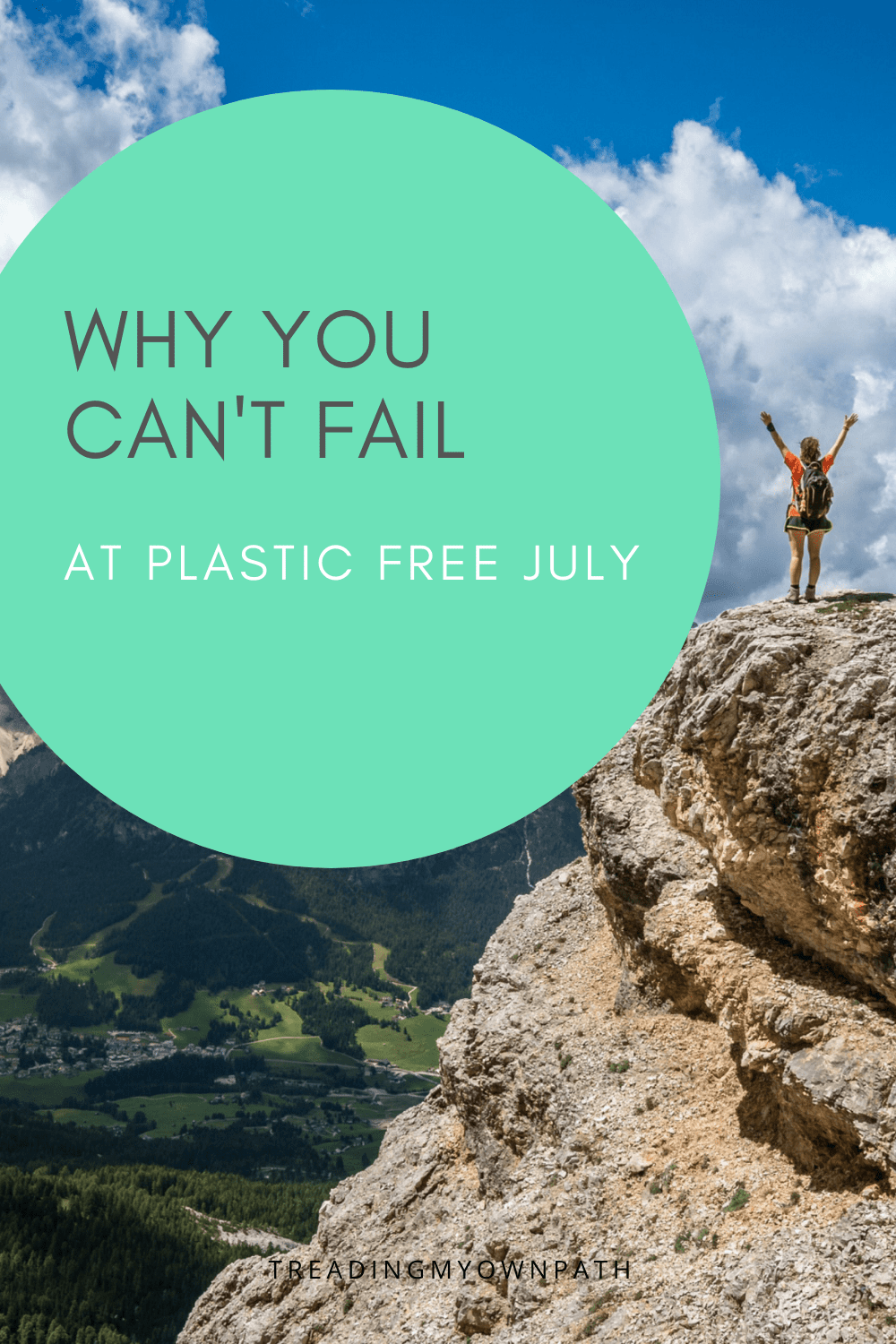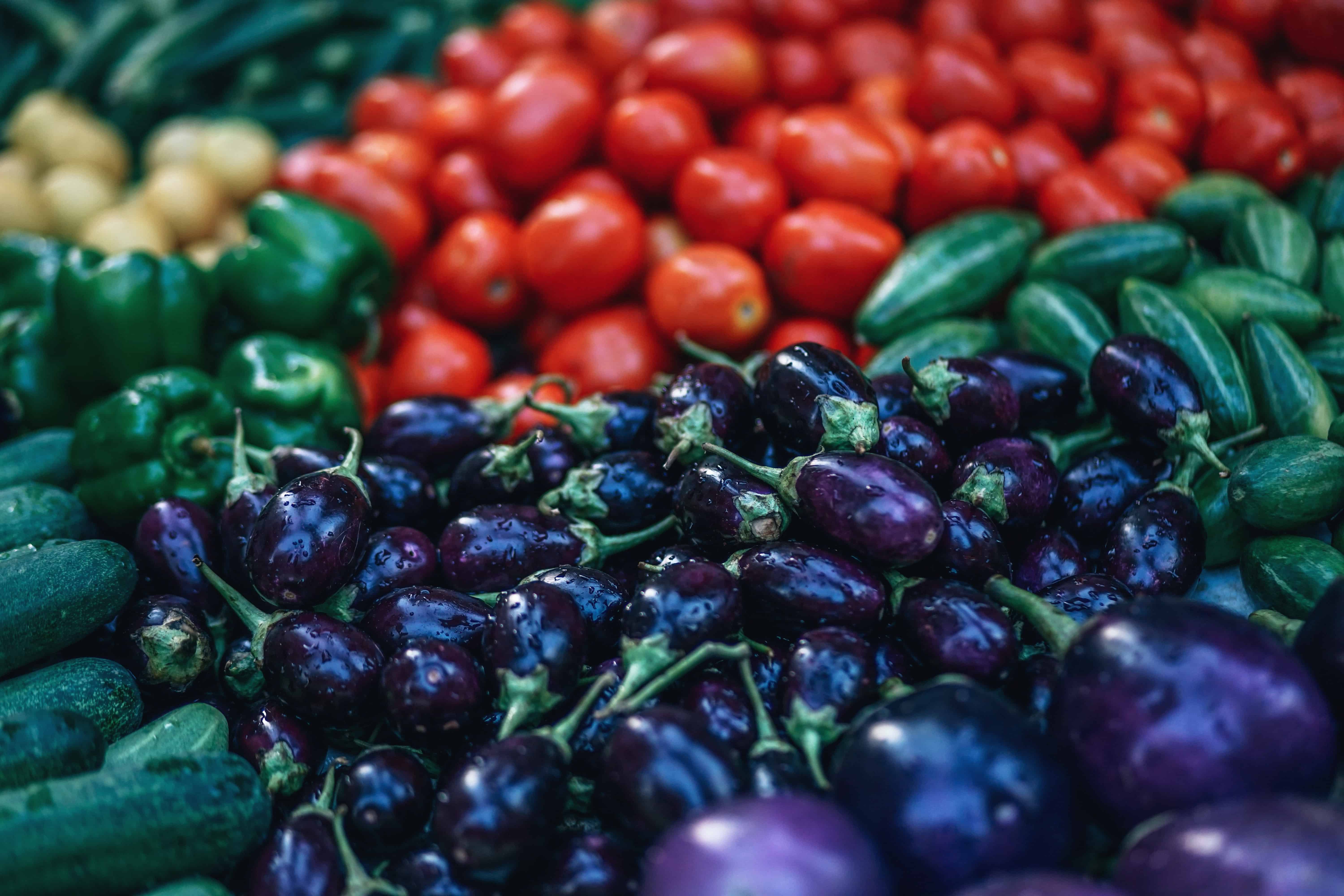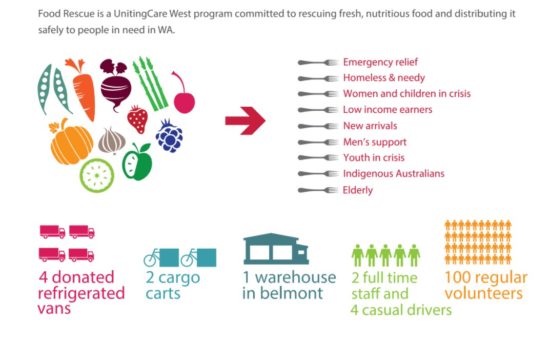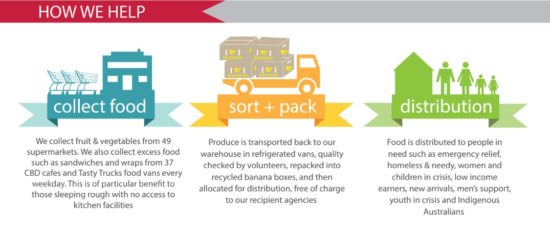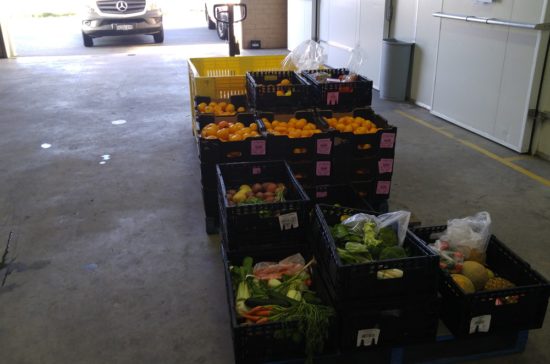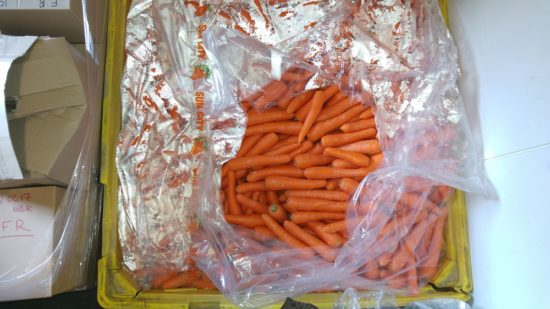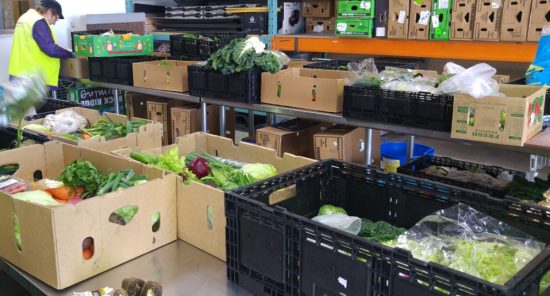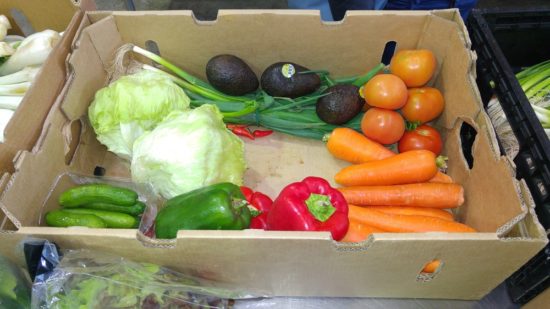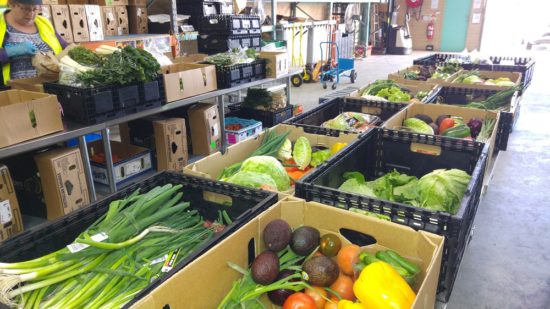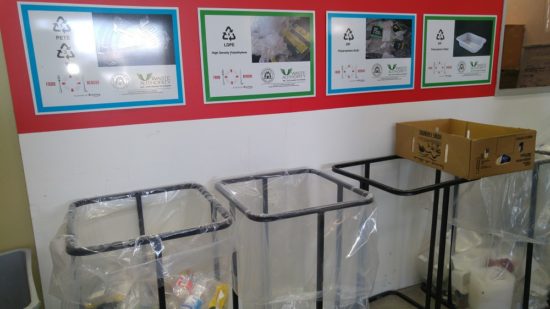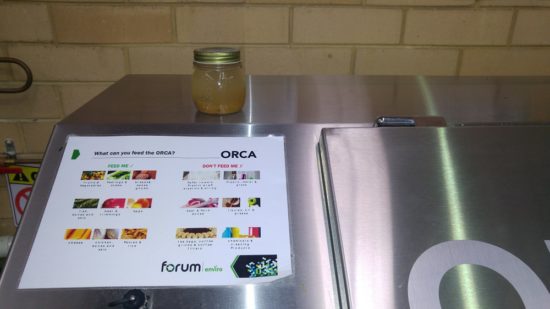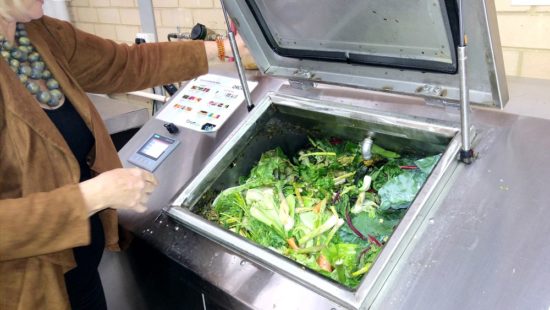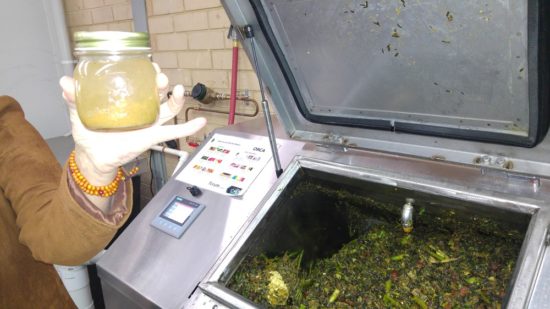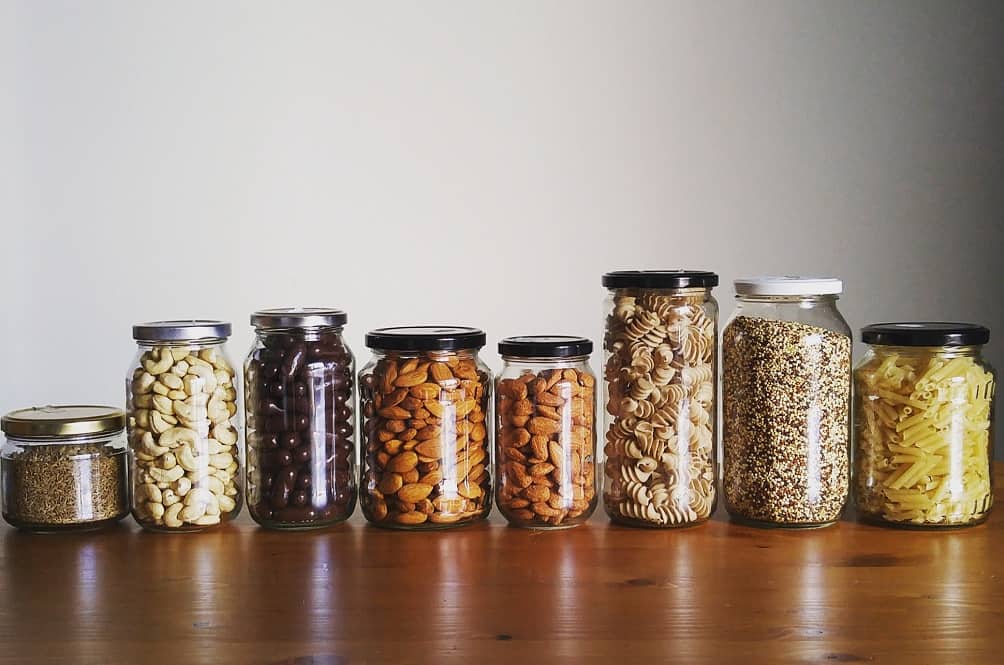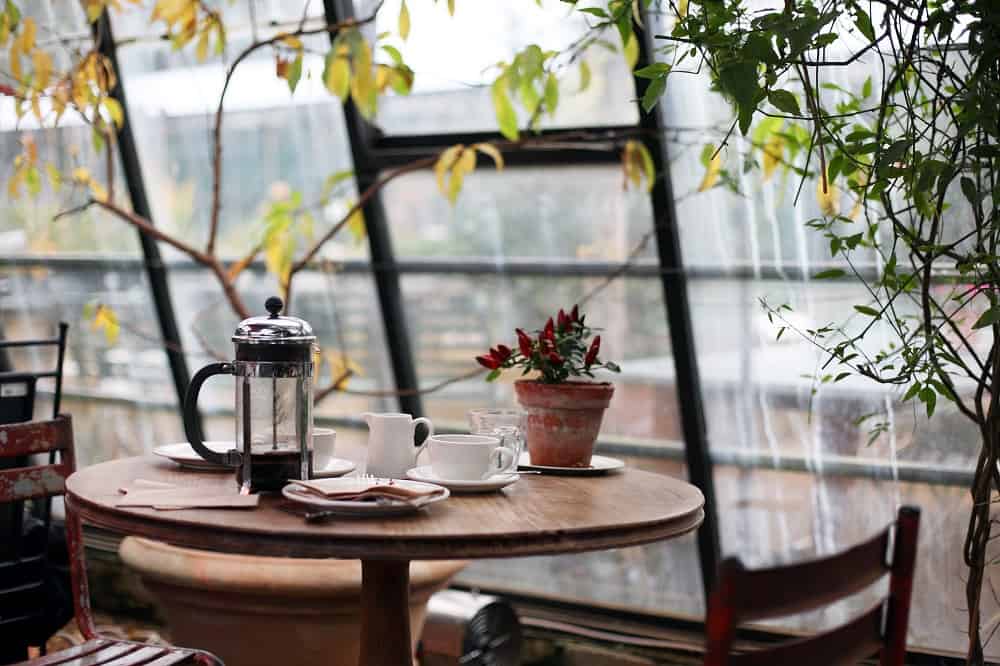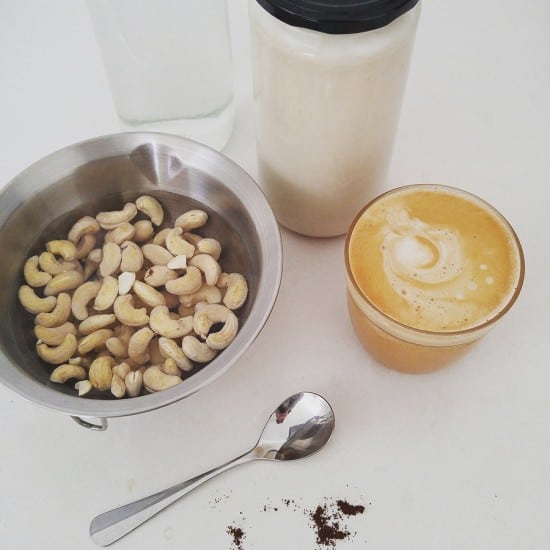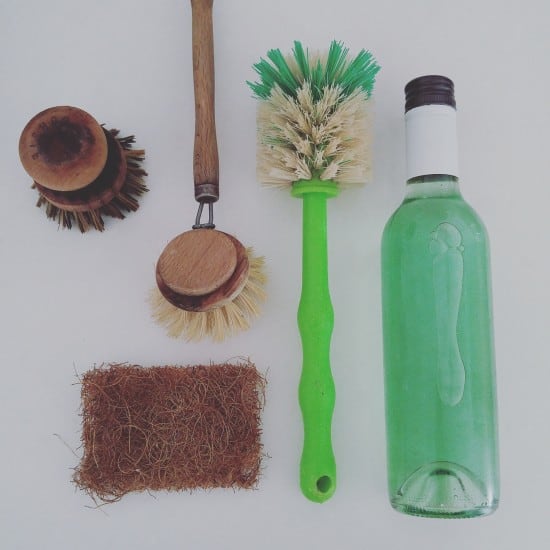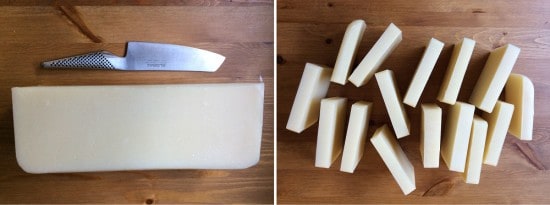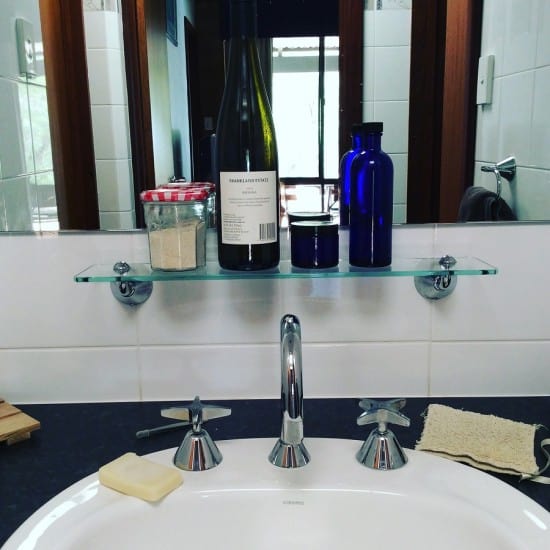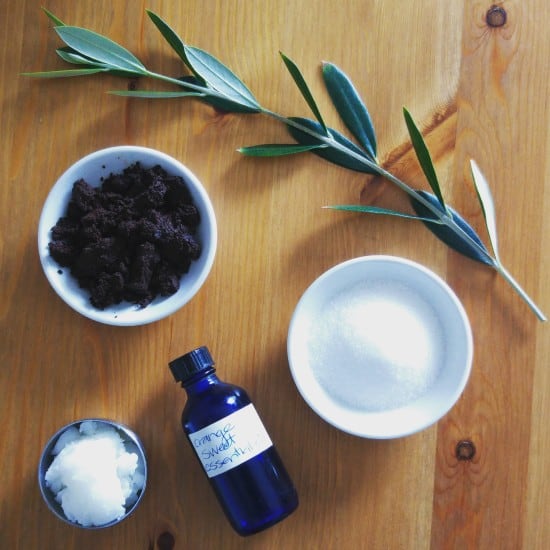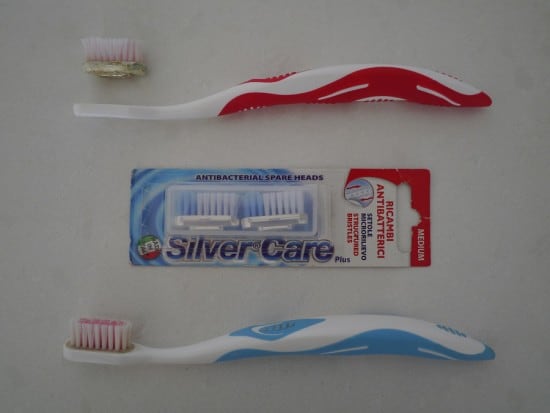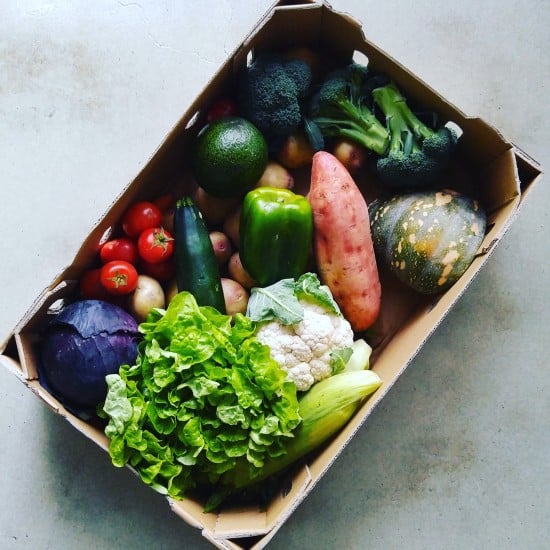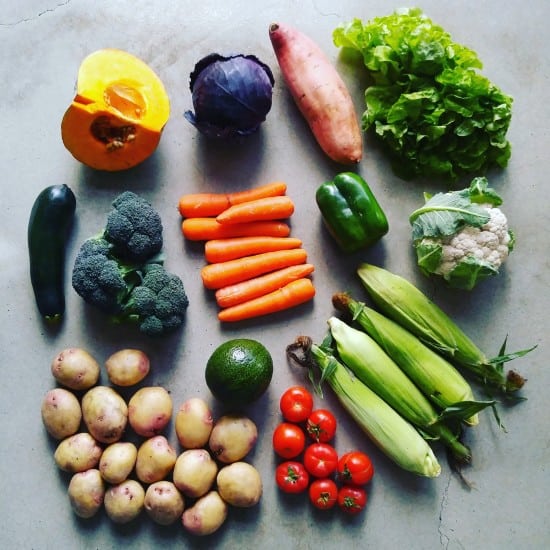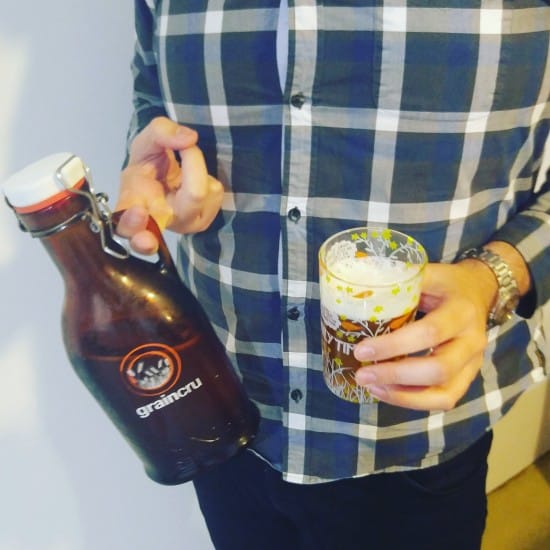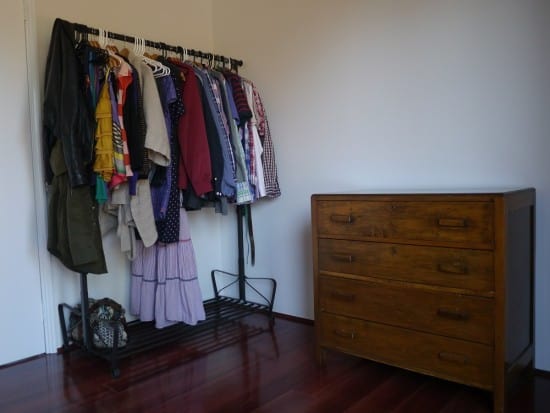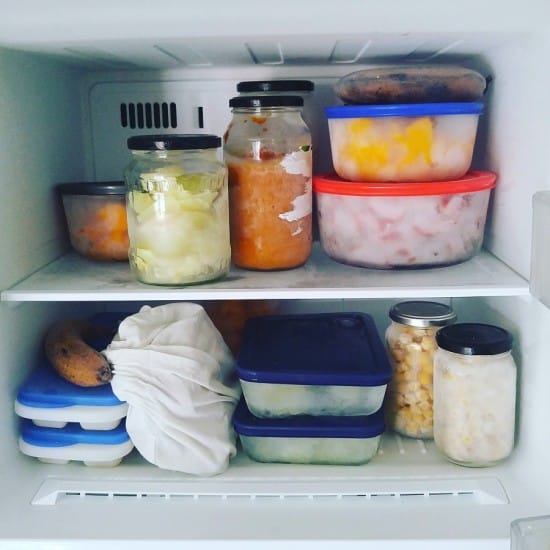5 tips to get prepped for Plastic Free July (and living with less plastic)
Plastic Free July comes around on the 1st July and for the entire month of July, millions of people across the globe try to avoid as much single-use, unnecessary and wasteful plastic as they can. It’s a pretty amazing movement, built on the idea that we can all do something, and if we all do something, that can bring about huge positive change.
To say I’m a fan of Plastic Free July is a bit of an understatement. I first took part in 2012 and I’ve written about it every year since. It changed my entire world view and led me down the path to zero waste and working in the waste education space. (And in a wondrous circle of events, led me back to working on the Plastic Free July campaign and being on the Plastic Free July Foundation board.)
Who knew refusing a few plastic bags could have such a considerable life impact?!
To get ready for Plastic Free July this year, I thought I’d share a few lessons I’ve learned along the way.
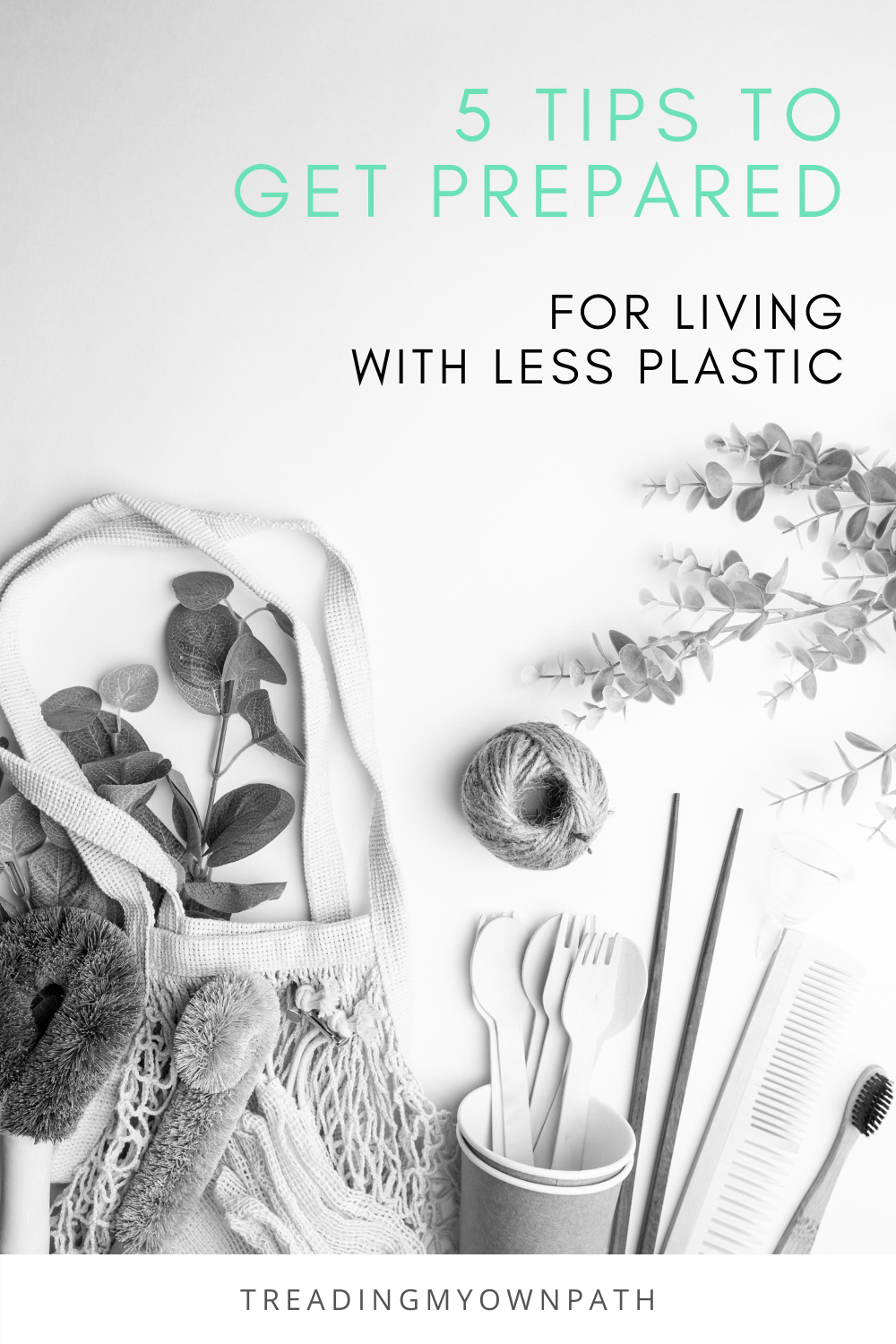
First up – sign up!
If you’re taking part in Plastic Free July this year, sign up to the official campaign! You’ll find the form over at www.plasticfreejuly.org. (If you haven’t done so, head over there and do it now. I’ll wait. Yep, I’m still here. Done? Great!)
Signing up means that you’re counted, and that matters. Plastic Free July works with businesses and government organizations across Australia and beyond, and being able to say “people care about this issue. This is how many people signed up to Plastic Free July this year” is powerful in influencing future policy.
The recent WA plastic bag ban here in Australia came about in part because of the success and interest in Plastic Free July.
We all want positive change, and when we join together we create a movement… and movements drive change.
Don’t stress about the “stuff”
Over the next 31 days there will be lots of plastic-free wares on display, as people share things they find and companies share things they sell. Be careful not to get too overwhelmed in the “stuff”.
If we will use something often and can see the value in owning it, it is a good purchase. If it is shiny and plastic-free and on sale, that isn’t such a great reason to buy the thing.
Of course, reusables are the way we avoid the single-use disposables. I have reusables that I love and carry with my every day. But I didn’t buy them all in the first four weeks.
There is no such thing as a standard plastic-free “kit”. The things I carry around with me won’t be things that everyone needs. There are other things that other people consider a necessity that I don’t.
Pay attention, see what is around, check out different products but don’t feel like you need to buy anything today. (If you’d like to see what’s in my handbag, I’ve shared it – but only to give you ideas. It is not a shopping list!)
The thing about change is that it’s hard, and buying stuff is easy. Yet we buy things and feel like we made progress. It isn’t about the stuff. It’s about new habits.
If you do decide to buy something, ask yourself honestly: do I need it? (This is not the same as want!) Will I use it? Is it worth it?
Get one thing, make it a habit and then move onto the next thing. The less money you spend during Plastic Free July, the more you’ll enjoy the challenge. Promise.
Be gentle with yourself
In the same way that we don’t learn to play the guitar overnight or lose 10kg overnight or learn Spanish overnight, we do not go plastic-free overnight! Finding solutions take time. Creating new habits take time.
Allow yourself time… to look, to learn, and to make mistakes. When you go to the supermarket, allow extra time to walk up and down the aisles with new eyes and see what is there that you never noticed before.
Take time to look and find out if there are bulk stores, farmers markets or health food shops locally, and go see what they have to offer.
When you’re leaving home in the morning, take a few extra minutes to check you’ve planned for what you’re doing… will you need a reusable coffee cup? Water bottle? Shopping bag?
f you run out of time, or forget, don’t beat yourself up. Change is a process.
Be gentle, and give yourself time.
Set yourself reminders
We don’t remember everything in the beginning. We haven’t developed those habits. They will come in time – in the same way that you never leave your house without your shoes or keys, eventually you’ll add reusables to the list.
But in the short term, help yourself out! Write yourself little notes and pop them by the front door, or by your shoes, or the keys. Put them on the dashboard of the car. Put reminders in your phone.
Create visual cues whilst your subconscious is still working on memorising your new habits.
See mistakes or problems as opportunities and dilemmas
When we start, we make mistakes. (Hey, 7 years down the track I still make mistakes! Just less, hopefully!) Don’t see this as failing.
See it as an opportunity to learn and do things differently next time.
In the old days of Plastic Free July we used to encourage people to collect all their mistakes and plastic purchases and keep them in a “dilemma” bag. It’s not something we talk about today, but many people still find it useful.
The dilemma bag is a way to keep your plastic during the month, and rather than feeling bad about it, use those items as where to try to implement change.
Keep what you accumulate, and then one thing at a time, begin to look for alternatives. Whether it was because you got caught out unawares (how could you plan differently next time), or a product you couldn’t find plastic-free (are there other shops you could investigate) or it was simply because you had a bad day (and we all have those too!), use these dilemmas as clues for doing things differently next time.
Want more tips?
There’s plenty more about living with less plastic in the blog archives, but to stop you feeling overwhelmed at where to start I’ve put together a brand new free eBook with 9 tips for living with less plastic. I’ll also send you my latest posts (published weekly) with more thoughts on living with less waste.
I’ve talked about reusables a little in there, but I’ve also talked about some other simple swaps you might not have considered.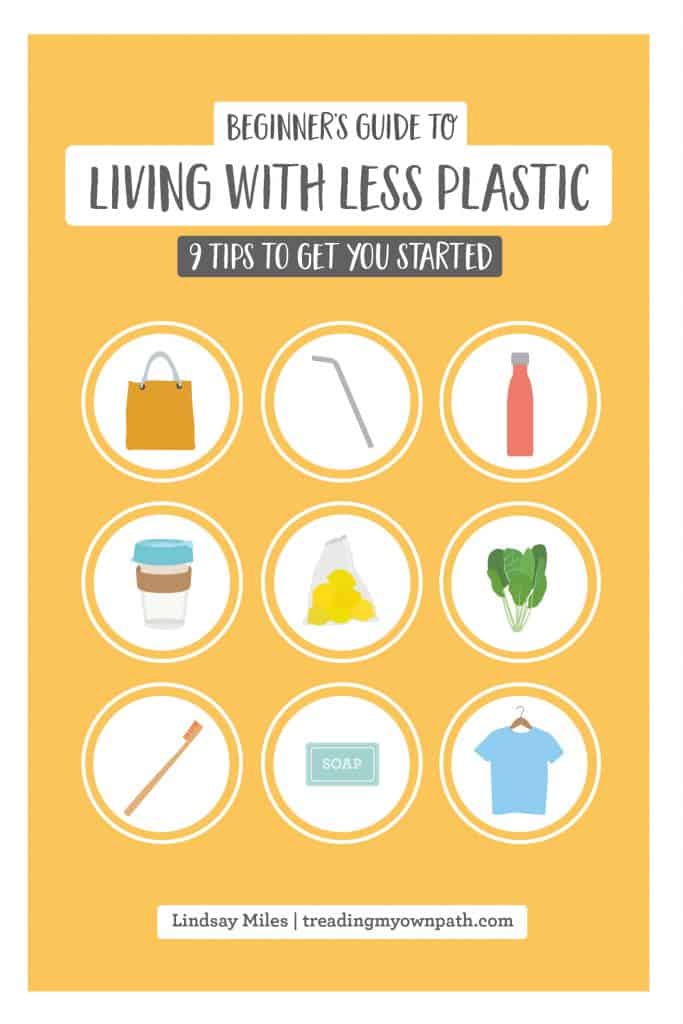
If it’s your first Plastic Free July then I wish you a fun and enjoyable challenge, and if you’re returning for another year then I hope that this year is your best yet. As always, be sure to share your tips and tricks and wins and a-ha moments with us!
We are in this together! Happy Plastic Free July!

